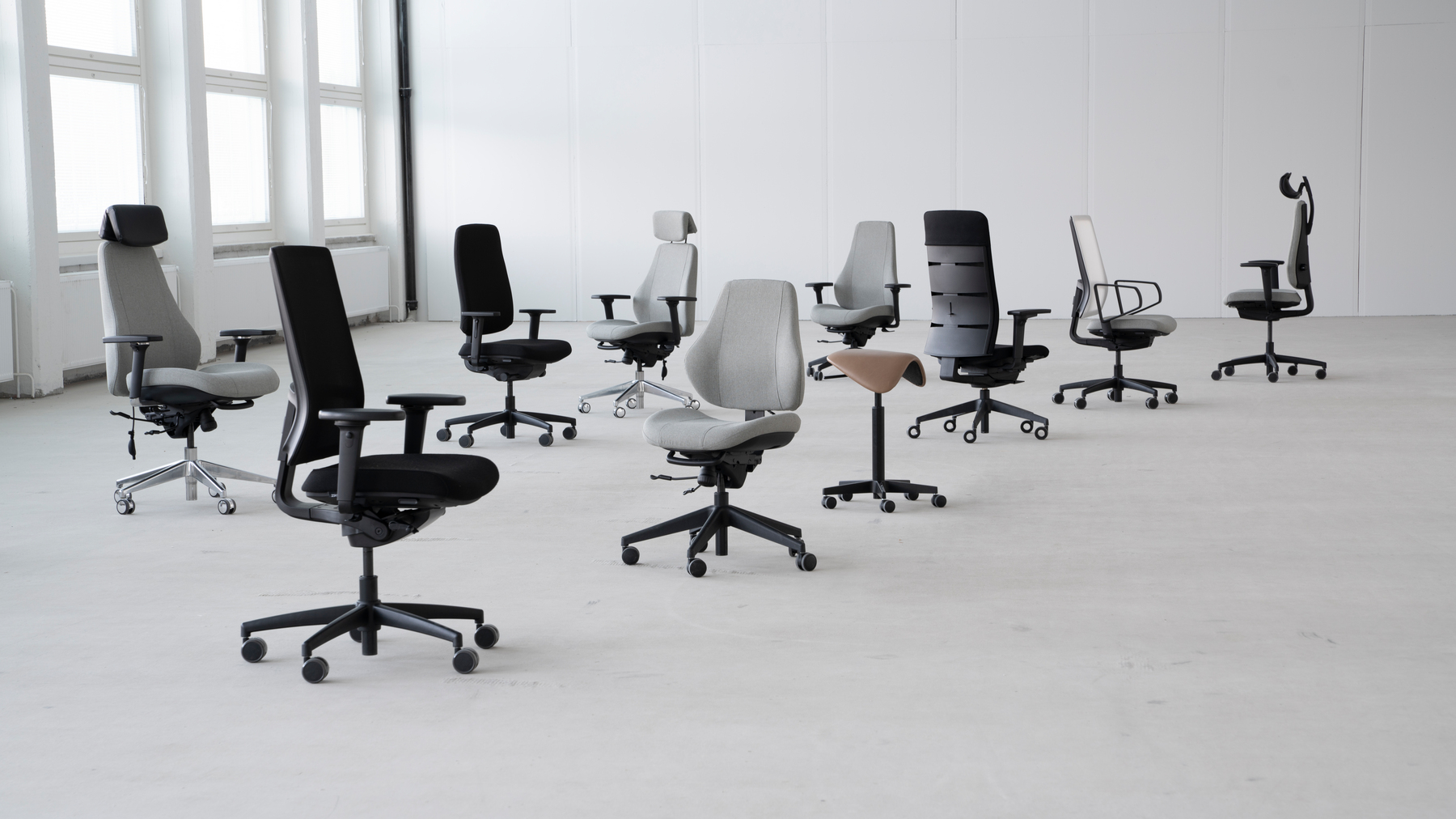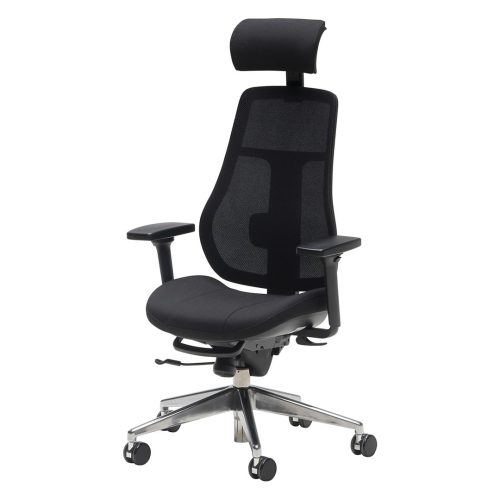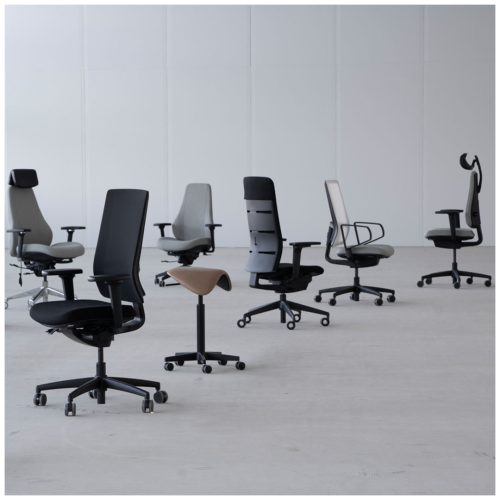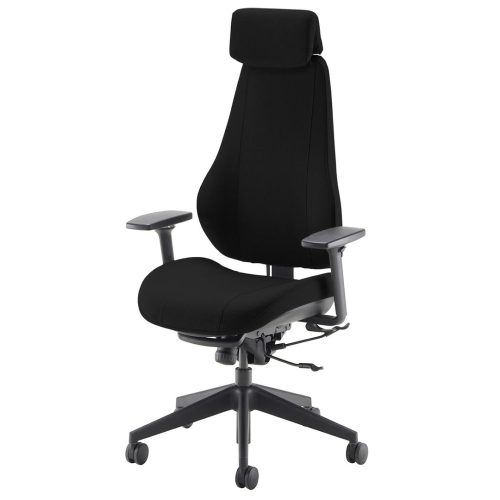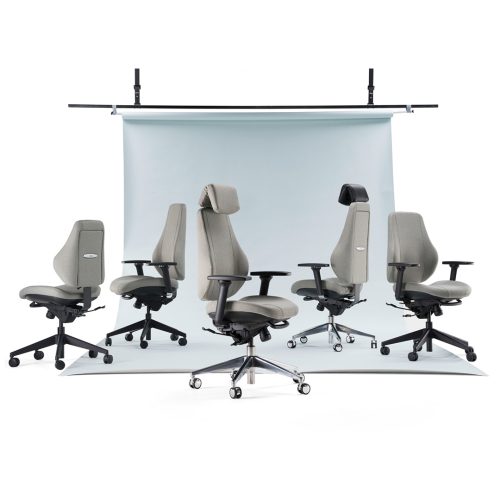People tend to spend a lot of time at their workstations, often times sitting long hours in a static position. Lack of movement can result in different work-related musculoskeletal disorders as well as can negatively affect blood circulation and organ functioning. Neck, shoulder and back pain are also common consequences of repetitive work, such as continuous keyboard and mouse use. Musculoskeletal disorders are the main cause for sick leaves from work. Having regular breaks and choosing the right sitting position are the prerequisites for a good working process.
Although, sitting is still the most common work position for deskwork, there are also other alternatives. Due to the emerge of electric and stand-up tables, half-sitting and standing positions have become more common. Another growing trend is the use of multi-functional spaces, where the activity defines the workstation and not the other way around.
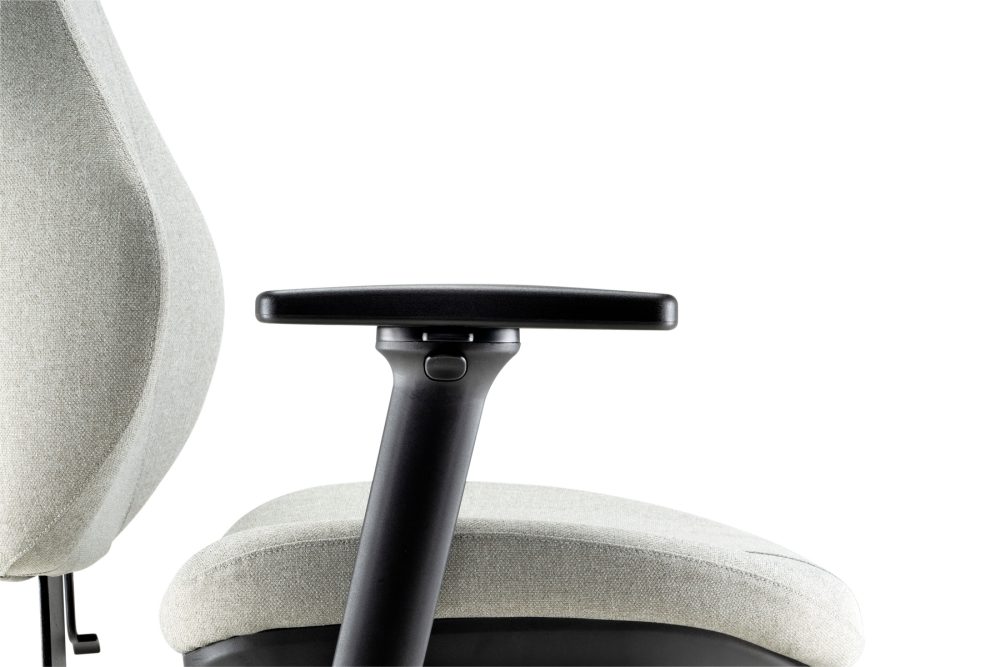
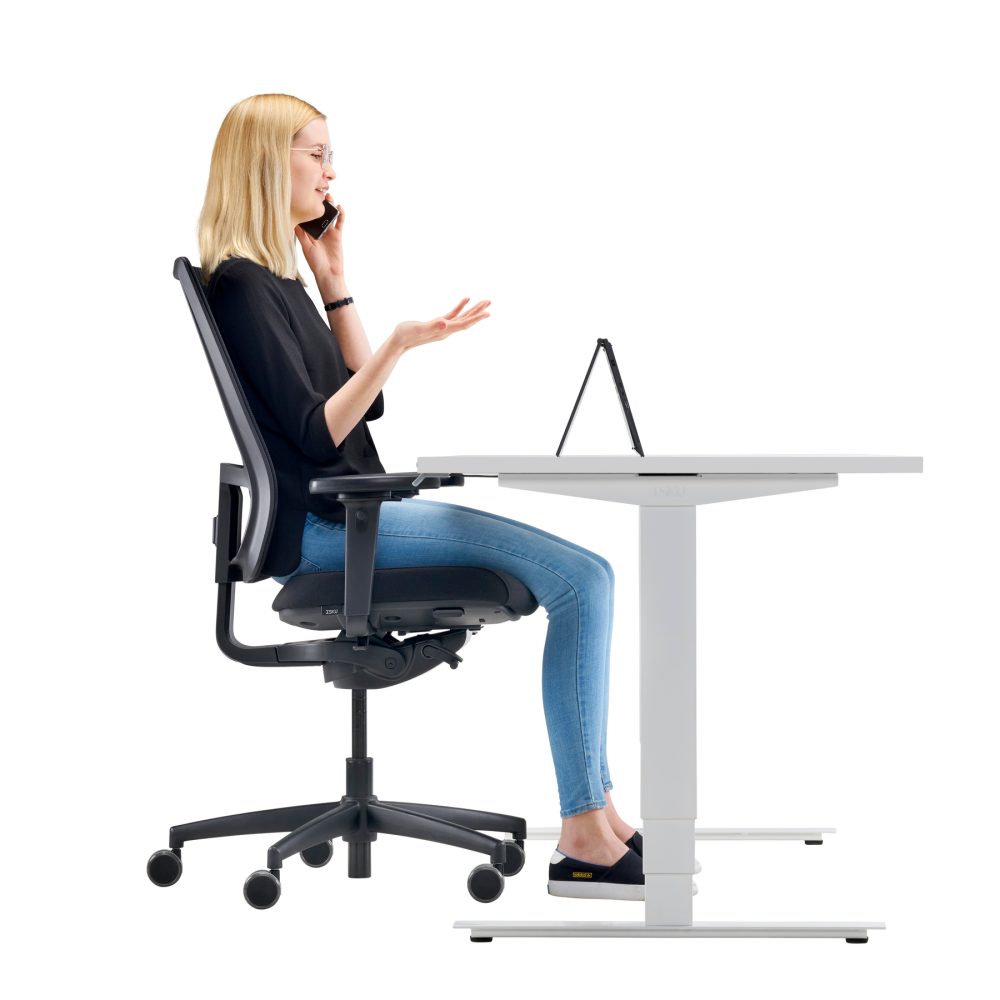
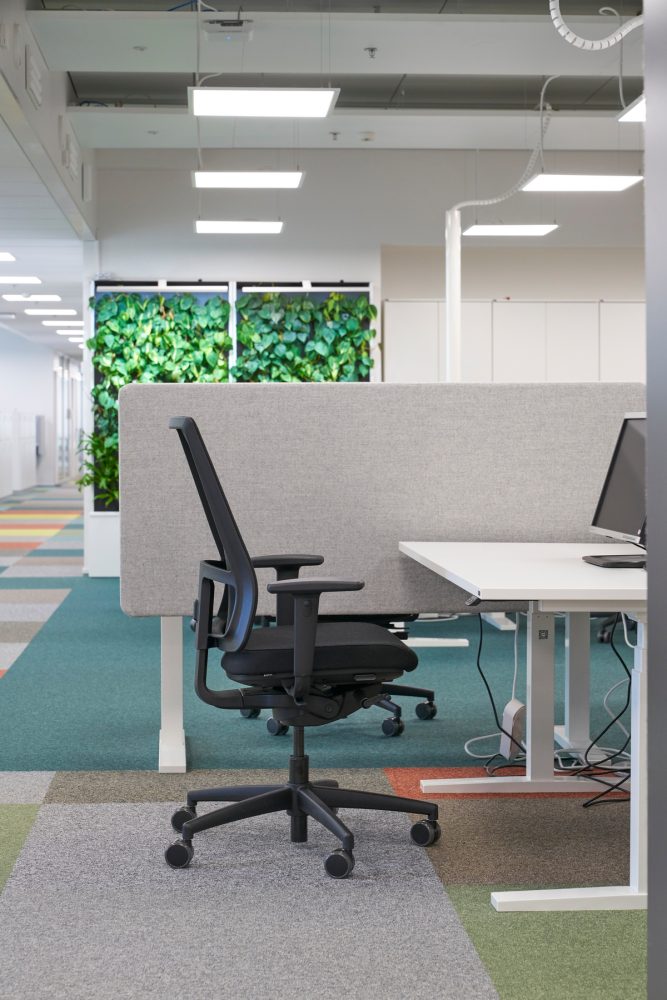
When sitting in the office chair, it is important to sit in the back of the chair so that the spine touches the backrest. In that way, the lumbar region gets sufficient support. The front edge of the chair should not press against the back of the knees. Instead, the feet should be laid flat on the floor and the shoulders to remain relaxed. This makes working become increasingly easier.
On the other hand, in a half-sitting position it is important that the angle between thighs and body is large enough. This increases the blood circulation and helps metabolic function in preventing constipation. A half-sitting position is beneficial for the back, since it almost automatically results in a good posture for the body and increases the blood circulation in the lower back.
Although standing is a natural posture, there are wrong ways of standing. Standing on hard ground can easily result in the feet being locked in a straight position, which can cause knee – and lower back pain. Standing mats and active boards are good alternative equipment for working standing up.
No alternative is better than the other. Nevertheless, it is important to remain active while sitting down and to avoid static working postures. Electric tables, good work chairs and other flexible furniture, are example of activating options that makes for a functional and ergonomically supporting workstation. The best work posture is always the next posture.



